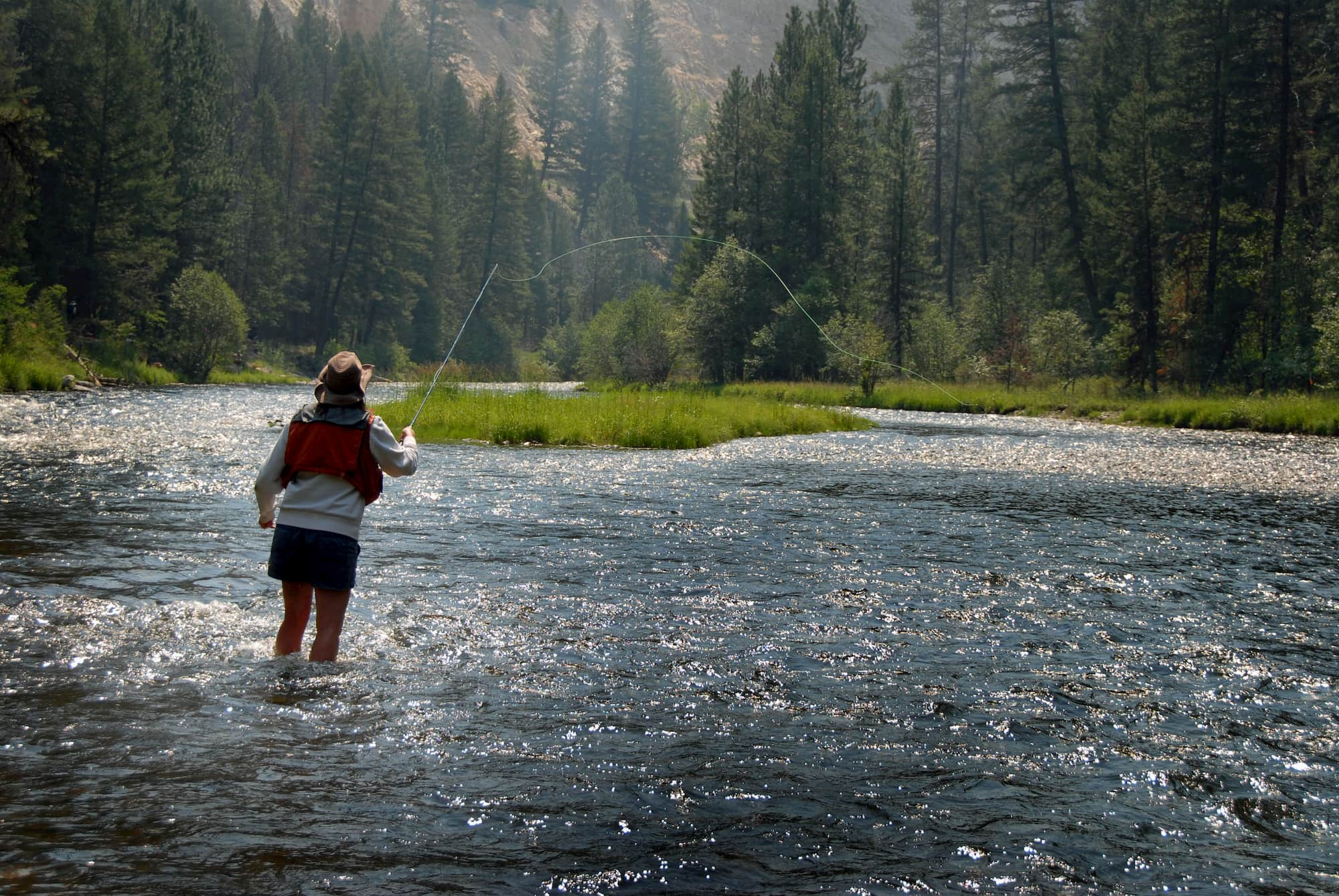Enhancing Your Angling Skills: The Importance of Properly Rigged Fly Fishing Lines Can Be Fun For Everyone

Understanding the Art of Rigging: Essential Tips for Fly Fishing Enthusiasts
Soar angling is a popular outdoor activity that incorporates the elegance of attributes with the excitement of capturing fish. One crucial facet of this sport is gear, which refers to the process of establishing up and setting up your angling devices for optimal performance. Whether you are a novice or an experienced fisherman, learning the art of gear is important for enhancing your odds of effectiveness on the water. In this article, we are going to share some essential ideas to assist soar sportfishing enthusiasts improve their gear skills.
1. Choose the Right Fly Line: The very first step in rigging is selecting the necessary fly collection for your fishing conditions. Consider factors such as water style (freshwater or deep sea), intended species, and weather condition ailments to calculate whether you require a drifting, sinking, or advanced beginner series. Matching your series weight to your rod body weight is also important for accomplishing proper equilibrium and casting efficiency.
2. Attach Support to Your Reel: Support is a solid and thin series that hooks up your fly series to the reel. It offers two key objectives - offering extra length when battling huge fish and stopping reel spindle slippage during the course of lengthy runs. To attach support, tie an Arbor Knot around the reel spindle and wind it firmly onto the cylinder until it hits ability.
3. Link Your Fly Series: Once backing is safely attached, link your fly product line using a Nail Knot or Loop-to-Loop link strategy. The Nail Knot develops a direct attachment between support and fly product line through wrapping monofilament around both series and protecting it along with several limited turns before pruning excess material. As an alternative, Loop-to-Loop links use pre-made loopholes on both backing and soar line ends, permitting simple accessory without linking gatherings.
4. Leader Choice: Innovators are tapered monofilament or fluorocarbon series that transfer energy coming from your casting stroke down to the fly presentation. Opting for the appropriate leader size and fullness is critical for accomplishing a secret presentation and protecting against fish from discovering your collection. For small flies and fragile presentations, make use of longer, thinner leaders, while more thick forerunners are appropriate for casting larger flies or taking care of windy disorders.
5. Connect the Forerunner to the Fly Collection: To link your innovator to the fly collection, you can utilize either a Nail Knot or Loop-to-Loop hookup technique. The Nail Knot offers a safe and secure link by wrapping monofilament around both product lines and safeguarding it with a number of strict turns before trimming excess component. Loop-to-Loop connections use pre-made loops on both soar collection and innovator ends, enabling simple accessory without connecting gatherings.
6. Incorporate Tippet Material: Tippet product is an added segment of monofilament or fluorocarbon that expands the lifestyle of your leader through making it possible for duplicated fly modifications without shortening the primary innovator length dramatically. It additionally gives a smoother transfer of electricity during casting and helps in showing smaller sized flies with higher special. Fasten what to know about fly fishing to the end of your forerunner using a Double Surgeon's Knot or Blood Knot.

7. Choosing Flies: The next measure in gear is selecting proper flies based on the intended species and sportfishing problems. Study bug hatches, neighborhood patterns, and water conditions to pick flies that simulate natural prey things successfully. Hold a wide array of sizes, different colors, and designs to adjust to altering circumstances on the water.
8. Appropriately Rigging Flies: When fastening flies to your tippet product or leader, make use of often made use of knots like Enhanced Clinch Knot or Uni Knot for secure relationships that won't slide under stress. Ensure that gatherings are properly secured before pruning any sort of excess material.
9. Adjusting Your Rig: As you fish various water depths or come across transforming streams, readjusting your rig comes to be vital for sustaining proper fly presentation and making best use of your odds of excellence. Look at including split shot body weights above your tippet to attain the desired deepness, or utilize strike indicators to spot subtle strikes when angling fairies or moist flies.
10. Practice and Experiment: Rigging is an craft that demands technique and trial and error to find what works best for you in different sportfishing instances. Invest opportunity on the water, find out coming from effective fishermens, and make an effort new approaches to continually improve your gear skills.
In verdict, understanding the craft of gear is essential for fly fishing aficionados who wish to increase their chances of success on the water. Coming from choosing the correct fly product line and connecting backing to effectively rigging flies and changing your configuration, every action plays a critical function in enriching your total angling experience. By following these important pointers and dedicating time to engage in, you can become a more proficient fisher and appreciate the adventure of fly fishing even a lot more.
